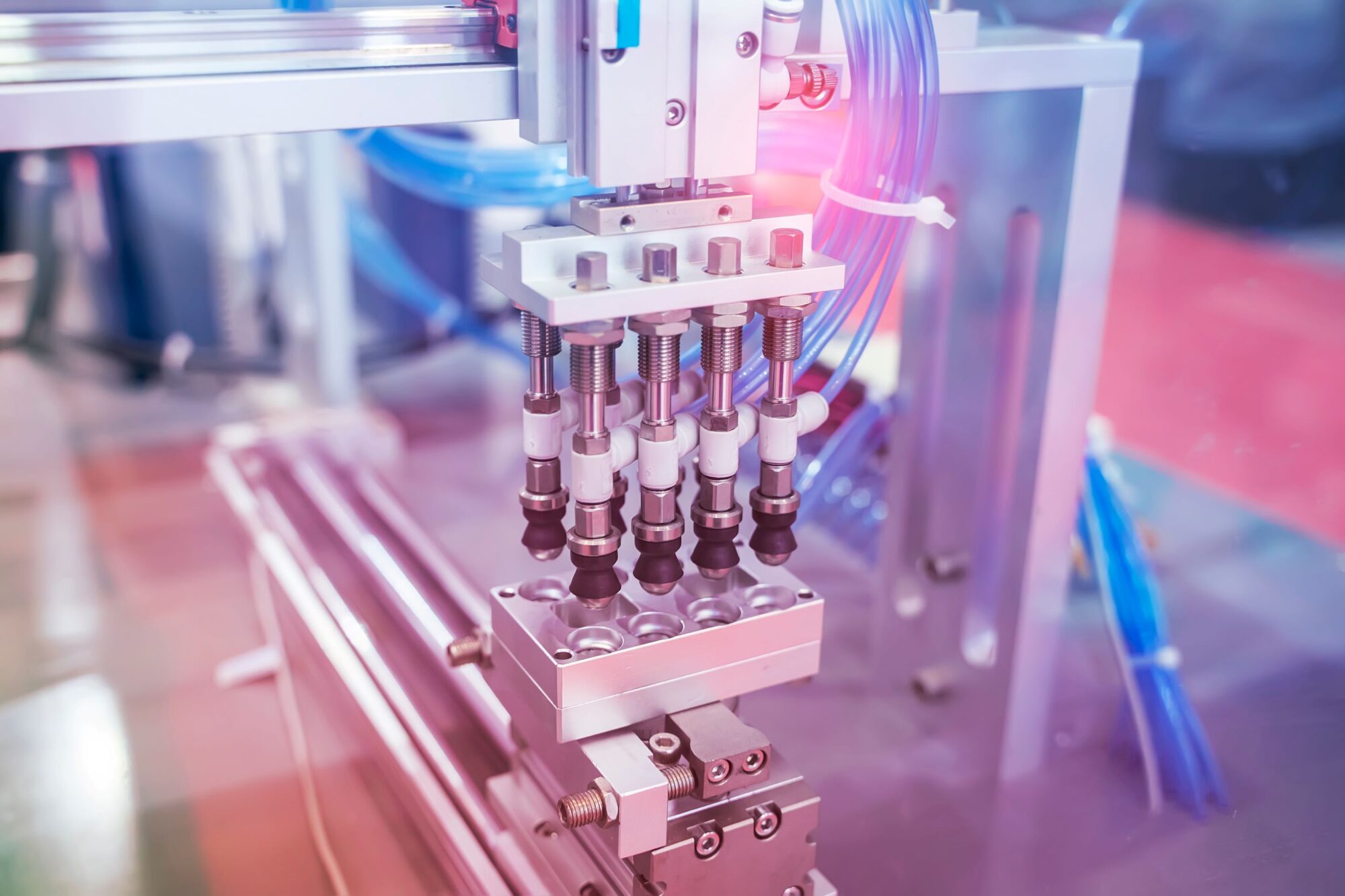
In automation, few components are as versatile and dependable as the pneumatic actuator. These powerful devices—using compressed air to create mechanical motion—are found in nearly every industry, from heavy-duty manufacturing lines to the precise environments of food processing and agriculture.
So, what makes pneumatic actuators so adaptable? Let’s explore how these tools continue to evolve and thrive across different industrial applications, and why they remain a go-to solution for engineers worldwide.
The Core Strength: Simplicity Meets Reliability
At their core, pneumatic actuators are simple machines. They convert compressed air into linear or rotary motion to move, push, lift, or hold objects. This mechanical simplicity gives them a key advantage: fewer moving parts mean fewer failure points. That makes them incredibly reliable—even in rugged or dusty environments where electronic or hydraulic systems might struggle.
On the Factory Floor: Precision and Speed
In manufacturing, speed and consistency are critical. Pneumatic actuators excel here, offering fast cycle times and repeatable accuracy. Whether they’re used to operate conveyor systems, press parts into molds, or position materials for robotic arms, they provide the responsiveness modern production lines demand.
Typical Applications:
- Assembly automation
- Pick-and-place systems
- Material stamping and pressing
- Plastic injection molding
In the Food & Beverage Industry: Clean Operation
Food-grade environments require equipment that’s easy to clean and free from contamination risks. Pneumatic actuators are ideal because they don’t leak oil or require complex sealing systems.
Features That Matter:
- Corrosion-resistant materials
- Washdown-capable construction
- Lubrication-free operation (in some designs)
In Agriculture: Rugged, Field-Ready Performance
Modern agriculture is increasingly automated, and pneumatic actuators play a growing role. From seed sorting systems to automated irrigation valves and greenhouse climate controls, these actuators operate reliably even under variable weather conditions and dusty environments.
Why Pneumatics Work in the Field:
- Resistant to dirt and moisture
- Low maintenance requirements
- Cost-effective for seasonal or mobile equipment
In Packaging & Logistics: Built for High Throughput
In fast-moving industries like logistics and e-commerce, systems must handle thousands of operations per hour. Pneumatic actuators are lightweight and fast-acting—ideal for sorting, labeling, and packaging lines where milliseconds matter.
Typical Tasks:
- Box folding and sealing
- Label applicators
- Conveyor diverters
The Takeaway: One Technology, Many Solutions
Pneumatic actuators continue to earn their place in a wide range of industries because they’re adaptable, durable, and cost-effective. Their ability to function in everything from cleanrooms to farmlands makes them an ideal solution for both traditional and emerging applications.
Whether you’re building a fully automated production line or upgrading field equipment with simple motion control, pneumatic actuators offer the flexibility and performance to meet the challenge.
Need help choosing the right actuator for your application? Reach out to one of motion control experts for a custom quote.
